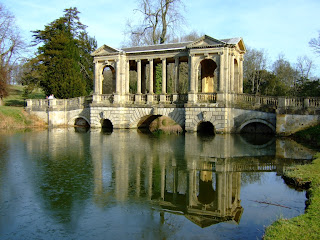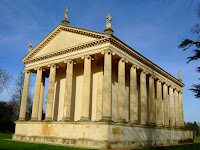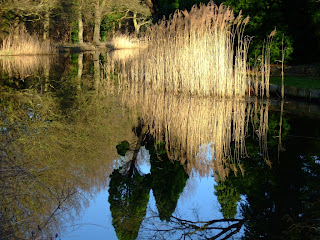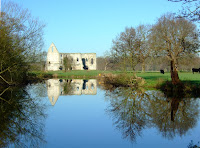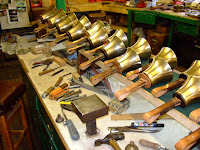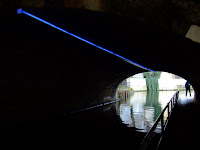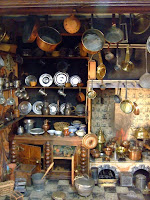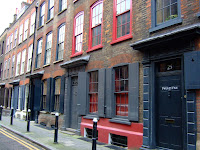
The Wiltshire town of Marlborough has an appealing main street / market square that merited a return visit so off we set on beautiful winter Saturday morning. Our journey took in a few pretty Wiltshire villages before driving through Britain’s only privately owned forest along the longest Avenue in Britain (4 miles), and into Marlborough.
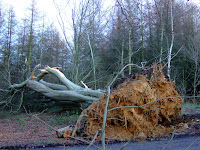
Evidence of the storm that had hit the UK the previous week was all around, not only here in the
Savernake Estate but in other places we visited on the weekend.
After walking Marlborough’s square and doing a little shopping we made our way to Wotton Rivers to start a walk that took in a 3-mile section of the Kennet & Avon Canal.

Unfortunately the excess rain that the UK has had recently meant that the fields we were walking across could equally have been described as ‘swamps’.
As our walk ended, the sun was dipping, and with it the temperature, so we made our way back to Marlborough for some more shopping.

It was a special day for one of us so we splashed out on a fabulous meal that evening at the Carnarvon Arms Hotel.
After a slow start, Sunday also became a lovely sunny day. We dipped into Swindon to have a look at
Steam, the Great Western Railway Museum.

The railway workshops where they manufactured engines and rolling stock at Swindon were quite extensive and the Museum is based in the old buildings.
The old workshop buildings are also used for a large shopping complex, decorated in a style sympathetic with its railway heritage.

After a quick jaunt through the shops we set off on tour along the Valley of the White Horse, through a number of cute Berkshire villages: some with the first snowdrops of the season; and over the Berkshire Downs to visit the
Aldworth Giants before joining the motorway for the run home.
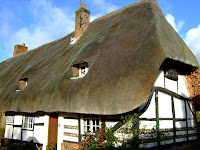

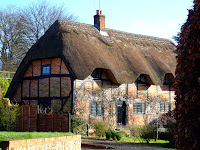

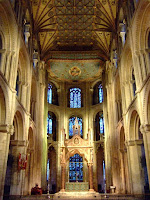 Peterborough is these days visited by people making in-person applications at the Passport Office, but originally was a religious centre with one of the country’s early Abbey's, dating from 650AD. The Abbey was sacked and rebuilt a couple of times and ultimately dissolved with all the rest by Henry VIII.
Peterborough is these days visited by people making in-person applications at the Passport Office, but originally was a religious centre with one of the country’s early Abbey's, dating from 650AD. The Abbey was sacked and rebuilt a couple of times and ultimately dissolved with all the rest by Henry VIII. The cathedral, about 800 years old, is huge: an impressive statement of its time that, apart from the ‘new’ addition (15th C) at the eastern end is largely the same as it was when first built.
The cathedral, about 800 years old, is huge: an impressive statement of its time that, apart from the ‘new’ addition (15th C) at the eastern end is largely the same as it was when first built. The vaulted ceilings in the ‘new’ addition were, apparently a trial run by the architect who perfected them in the fabulous chapel at King’s College, Cambridge. The wooden ceiling in the nave is original and unique in the UK. Only 3 others from this period (1250) survive in Europe.
The vaulted ceilings in the ‘new’ addition were, apparently a trial run by the architect who perfected them in the fabulous chapel at King’s College, Cambridge. The wooden ceiling in the nave is original and unique in the UK. Only 3 others from this period (1250) survive in Europe.
